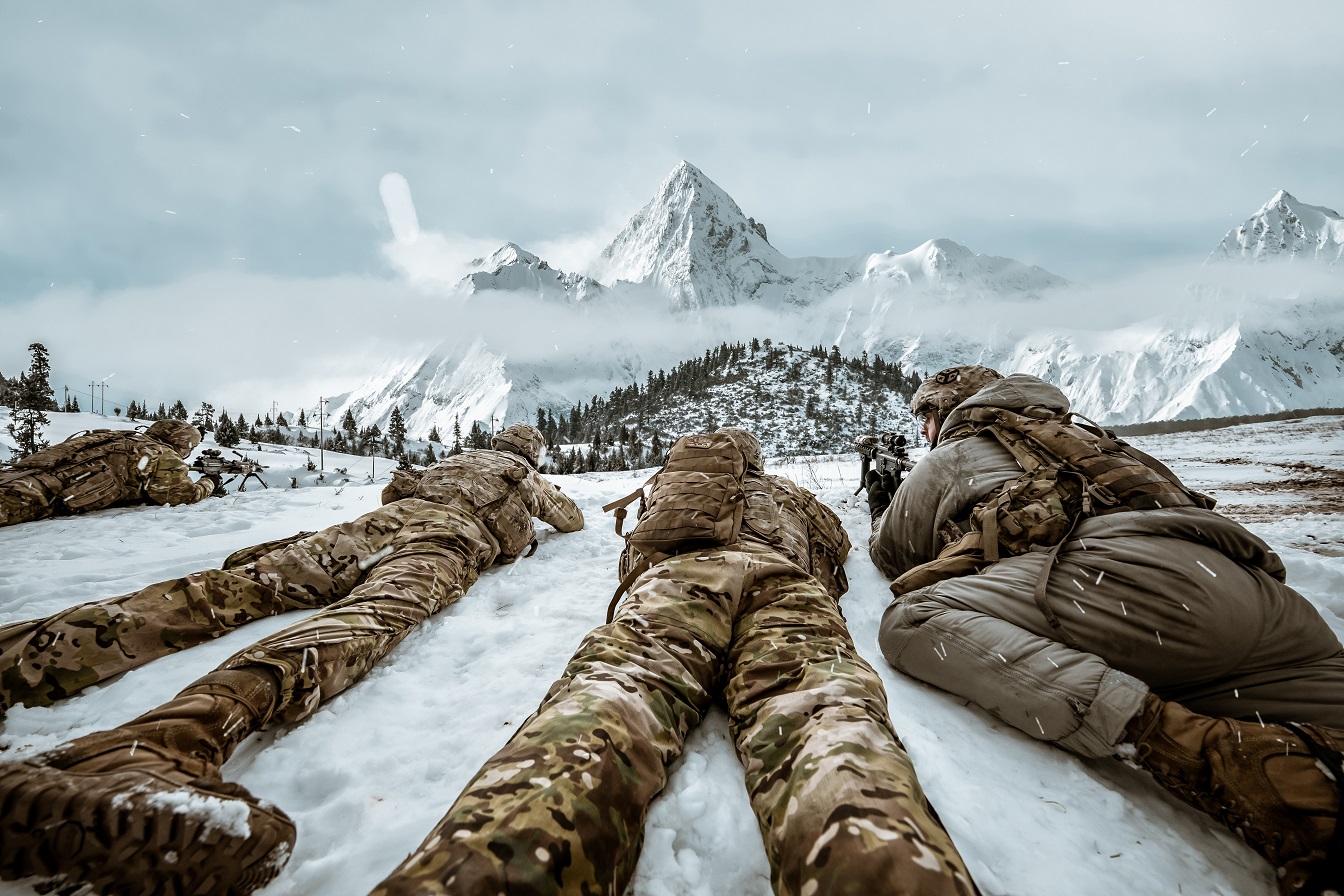How Long Does A Bulletproof Vest Last?

Bulletproof vests are the most essential body armor component, designed to protect the wearer from gunfire, abrasive damage, stab attacks, and high-impact trauma. A vest can be the difference between life and death in many circumstances, especially for military personnel, law enforcement officers, and security agents. It is crucial to select the right vest that suits your profession and to know its lifespan. In this article, we’ll delve into the durability, quality, and lifespan of the best bulletproof vests.
A bulletproof vest’s lifespan depends on its level, quality, care, and wear and tear. Generally, vests must be replaced every five years, regardless of usage. After five years, a vest can deteriorate and lose its ballistic integrity, even if it never sustains a bullet resulting in injury. Even unused vests can degrade due to temperature, humidity, moisture, and sunlight. Therefore, you should keep your vest in a cool, dry, and dark place to extend its lifespan. Remember to check the manufacturer’s instructions on the care and maintenance of your vest.
The type of vest and quality affect the lifespan of a bulletproof vest. Soft armor vests, made of layers of materials like Kevlar, tend to last longer than hard armor vests, which are made of ceramics, steel, or polyethylene. Hard armor plates can start deteriorating after five years or sooner if subjected to frequent abuse. Level IIIA vests can last up to 5-7 years, while Level III and Level IV vests can last up to 10 years. The better the quality of the vest, the longer it will last. Therefore, select a vest made of quality materials that have passed stringent tests.
The environment and use of a bulletproof vest endure influence its lifespan. They should not be worn while performing everyday activities, such as sitting or driving. Wearing your vest for extended periods can damage it due to stretching, abrasions, or sweat. Additionally, internal damages can go unnoticed, reducing the vest’s effectiveness if it is needed. Instead, wear the vest when on duty, during patrols, training sessions, or in high-risk situations. Finally, always store your vest properly when not in use.
The type of vests and quality can affect repairs and the overall lifespan. Softer vests are easier and more affordable to repair, mainly by replacing worn or damaged layers. Hard armor vests, on the other hand, require more sophisticated repairs and should be changed immediately if damaged or cracked. Apart from repairs, the coatings of the vest’s plates should be checked regularly and replaced if not functioning optimally. Regular maintenance can prolong your vest’s useful lifespan while increasing your safety while on duty.
In conclusion, selecting the best bulletproof vest is the first step in safety, but its maintenance and care increase its lifespan and effectiveness. No matter how well-manufactured a vest may be, it can deteriorate over time due to environmental and usage factors. Thus, it is essential to replace any vest every five years, regardless of use, and store it in a clean, cool, and dry location. Regular repairs and maintenance guarantee that it remains in optimal condition. Choosing the right vest, coupled with proper care, can ensure your safety, serve you for many years, and provide peace of mind.
For more articles, please click here.